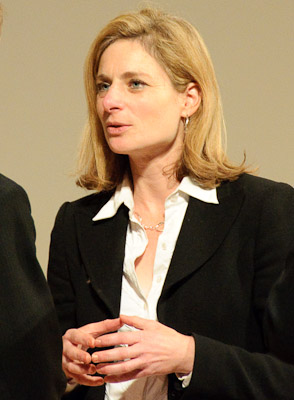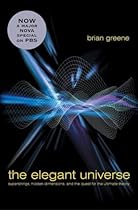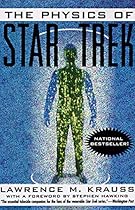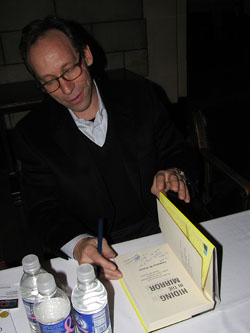
I went to see Lawrence Krauss‘s lecture at the National Academy of Sciences last Thursday night (a Smithsonian Associates lecture). He actually gave two talks, with questions and a break in-between. Professor Krauss is a very engaging speaker, and I quite enjoyed the evening. As usual I videotaped the lecture (this proved useful as I didn’t have to take notes; upon viewing again over the weekend a lot more was able to sink in).

After the talk he signed books (picture at left is Prof. Krauss inscribing my copy of Hiding in the Mirror). He thanked me again for taking and letting Scientific American use pictures from a previous lecture.
I will attempt to summarize the lecture(s):
Part One: “Our Miserable Future” dealt with the sobering thought that the universe will eventually end. Probably. Really.
A major part of cosmology in the 20th century involved trying to determine the geometry of the universe. It is either Closed, Open, or Flat. An Open universe will basically expand forever, while a Closed universe will stop expanding and eventually collapse back in on itself. A Flat universe is right on the border between the two – the expansion will slow over time, but never quite stop.
So, how much “stuff” is there in the universe? Is there enough to make it stop expanding? One way of determining the amount of matter present is via an effect called gravitational lensing. If you look at a certain cluster of galaxies some 2Gly (billion light years) away, you can also detect what turn out to be multiple images of another cluster some 2 Gly behind it. The multiple images form due to gravity from the nearer cluster acting like a lens on the light from the farther one. You can do the math to determine how much matter must be in the nearer cluster to get this effect. It turns out that most of the required matter is not visible – hence, “Dark Matter“.
Based on such indirect evidence, it appears that within 95% certainty there is only about 30% of the amount of matter needed to stop an expansion. So, we are in an Open universe.
But, studies used to measure the geometry of the universe directly (via the Cosmic Microwave Background) show that the universe is actually Flat. How do you reconcile these two very different observations? Well, that’s where “Dark Energy” comes in. We only detect about 30 percent of the mass needed to be a Flat universe (via lensing, etc.) so how to we make up the other 70%? We put energy in empty space. This Dark Energy (in empty space) is gravitationally repulsive.
Scientists looked at the light from a bunch of bright supernovae, and found they were accelerating away from us. Doing the math, they calculated how much energy they have to have in empty space to be “repulsing” the supernovae away from us. It was exactly the needed 70%.
So, the Universe is:
- 70% Dark Energy
- 25% Dark Matter
- 5% The rest (galaxies, stars, planets, humans).
In other words, we are truly insignificant in the universe. :) Also, the nature of Dark Energy will ultimately determine the fate of the universe. That’s the rub – we have no idea what this “Dark Energy” actually is.
The rest of the first part dealt with the concept that a lot of the universe has already disappeared to us, i.e., objects we could have seen 5 billion years ago have already accelerated (and thus redshifted) away from us to such an extent that we can’t detect them. Finally Professor Krauss talked about the ability (or lack thereof) of life (as consciousness) to live forever in an expanding universe:
If Quantum Mechanics ultimately governs a universe starved of energy consciousness will end for any eternally expanding universe. We need Infinite time to determine the Ultimate fate of the universe (and the future of life within it), but we only have a Finite time left.
Part Two of the lecture primarily dealt with the Anthropic Principle, which basically states that the only universe we can see is the one that supports life. In other words the universe is the way it is because we are here. This in a nutshell attempts to answer questions such as:
- Why are we (life) happening just *now* in the timeline of the universe, when the density of matter just happens to be about 30% of the energy density of empty space?
- Why is gravity the weakest force in nature?
- Why is a proton 2000 times heavier than an electron?
- Why are there 3 generations of elementary particles?
with:
“Because if any of these were different, life would not exist (to observe it).”
Supposedly String theorists are particularly enamored of this idea, with their “string landscape” that postulates something like 10^500 different universes. One of them is bound to be this one.
Professor Krauss lists some fundamental Anthropic Problems:
- It is an idea based on ignorance (“We don’t know why”).
- You never know which variables are anthropically selected.
- It is never compelling, only suggestive, and
- It has been wrong before.

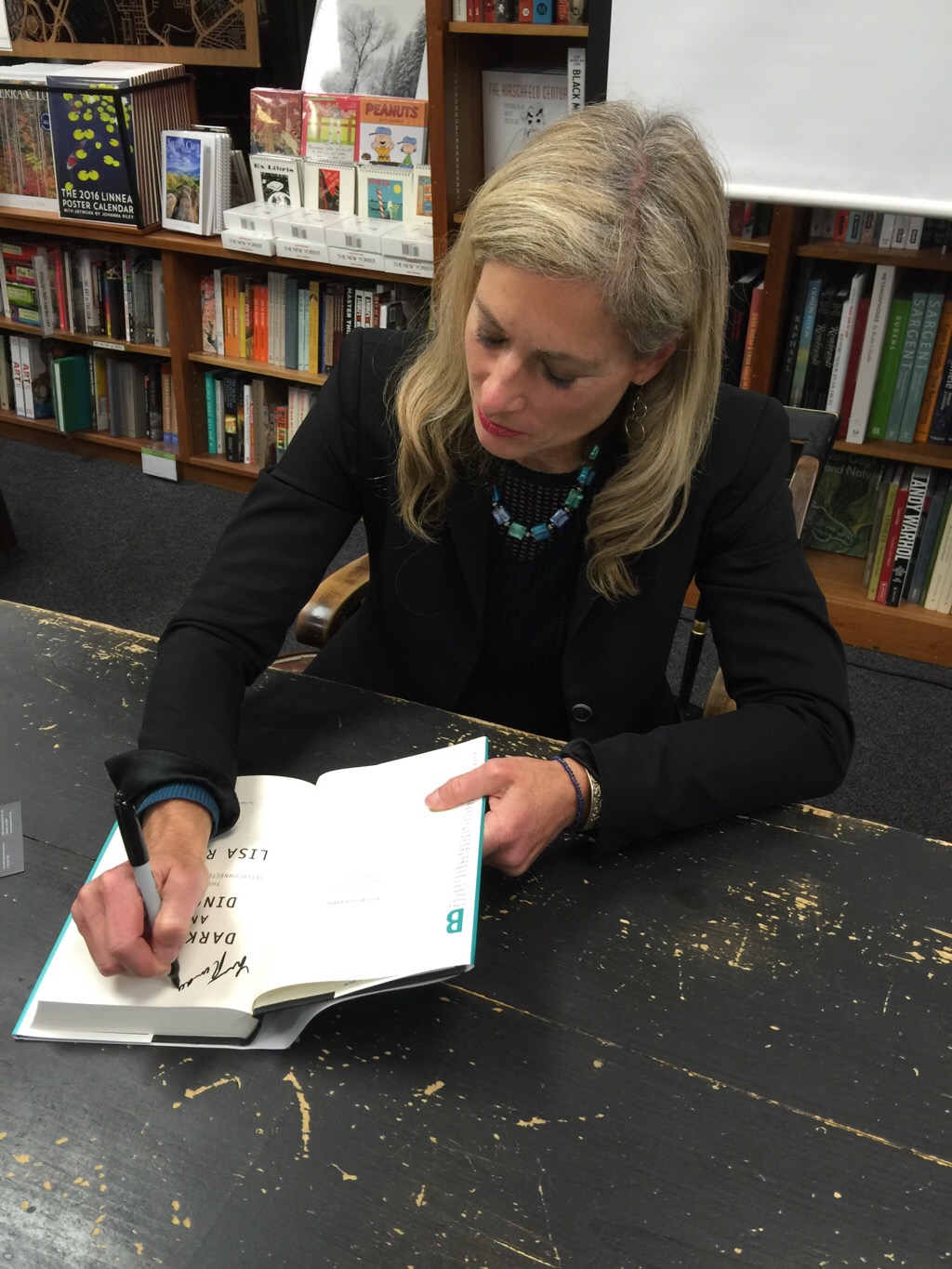
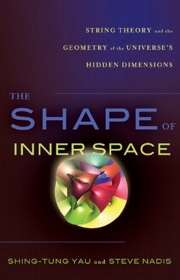
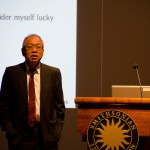
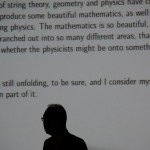
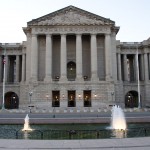
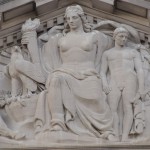
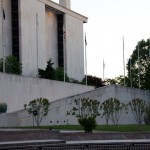
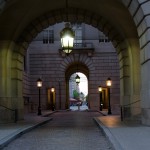
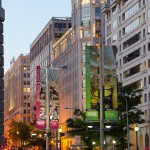
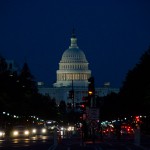
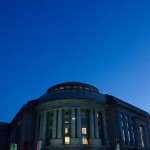
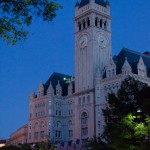
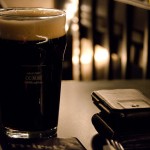

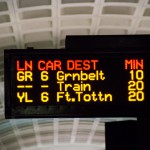
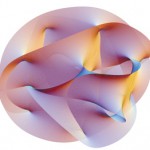
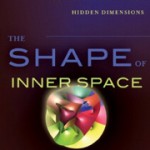
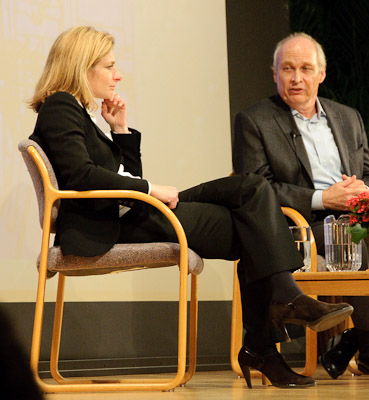
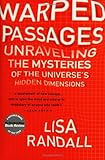
 [/caption]
[/caption]